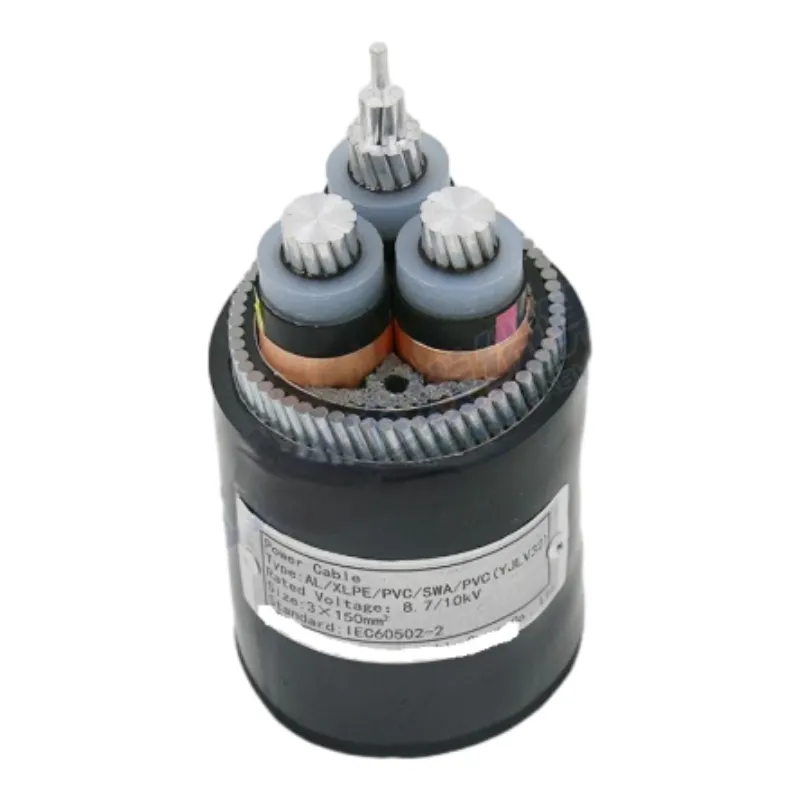Nov . 05, 2024 13:52 Back to list
butterfly check valve
Understanding Butterfly Check Valves A Comprehensive Overview
Butterfly check valves are an essential component in various piping systems, widely recognized for their efficiency and reliability in controlling fluid flow. As a type of check valve, they combine the straightforward operation of a butterfly valve with the preventive function of a check valve, ensuring that fluid flows in one direction while preventing backflow. This article delves into the construction, working principle, applications, and advantages of butterfly check valves.
Construction of Butterfly Check Valves
Butterfly check valves consist of a few key components a circular disc (the butterfly), a valve body, and a spring mechanism. The valve body is typically made from various materials such as stainless steel, cast iron, or PVC, ensuring durability and resistance to corrosion. The butterfly disc is mounted on a pivot, allowing it to rotate around its axis. The spring mechanism serves to close the valve when there is no fluid flow or when backflow is detected. This design minimizes the pressure drop across the valve, making it a favored choice for many applications.
Working Principle
The functionality of butterfly check valves is quite straightforward. When fluid flows in the intended direction, the pressure pushes the butterfly disc open, allowing the fluid to pass through the valve. As the flow diminishes or attempts to reverse direction, the spring action helps to close the butterfly disc swiftly, preventing any backflow. This operation provides a reliable method of maintaining system integrity and preventing contamination of the downstream fluid.
Applications
butterfly check valve

Butterfly check valves are commonly used in various industries, including water treatment, chemical processing, HVAC systems, and food and beverage production. Their ability to handle different types of fluids makes them versatile. In water treatment facilities, for instance, these valves play a crucial role in maintaining the flow direction and preventing the backflow of treated water, which can lead to contamination. In the chemical processing industry, butterfly check valves are used to manage corrosive and hazardous fluids safely.
Another significant application is in the HVAC industry, where they help control airflow in ventilation systems. By preventing backdrafts, these valves contribute to energy efficiency and improved indoor air quality. Furthermore, in the food and beverage sector, the hygiene of materials is paramount, and butterfly check valves made from food-grade materials ensure compliance with safety standards.
Advantages of Butterfly Check Valves
One of the primary benefits of butterfly check valves is their lightweight and compact design. This feature makes them easier to install and reduces the overall cost of the piping system. Additionally, their low pressure drop makes them energy-efficient, minimizing operational costs over time. Butterfly check valves require minimal maintenance, thanks to their simple construction, which is an appealing aspect for many operators looking to streamline maintenance routines.
Another advantage is their versatility in application. With various materials and sizes available, butterfly check valves can be tailored to suit specific environments and media. This adaptability allows for widespread usage in numerous sectors.
Conclusion
In summary, butterfly check valves are a critical component in fluid management systems across different industries. Their effective design, which combines the functionality of a butterfly valve with the preventive measures of a check valve, ensures a reliable performance in maintaining flow direction while preventing backflow. With their numerous advantages — including lightweight design, low pressure drop, minimal maintenance, and versatility — butterfly check valves are an ideal choice for engineers and operators seeking efficiency and reliability in their piping systems. Understanding their workings and applications can significantly aid in selecting the right valve for a specific system, ensuring optimal performance and safety in various fluid handling processes.
Share
-
Reliable Wafer Type Butterfly Valves for Every IndustryNewsJul.25,2025
-
Reliable Flow Control Begins with the Right Ball Check ValveNewsJul.25,2025
-
Precision Flow Control Starts with Quality ValvesNewsJul.25,2025
-
Industrial Flow Control ReliabilityNewsJul.25,2025
-
Engineered for Efficiency Gate Valves That Power Industrial PerformanceNewsJul.25,2025
-
Empowering Infrastructure Through Quality ManufacturingNewsJul.25,2025


